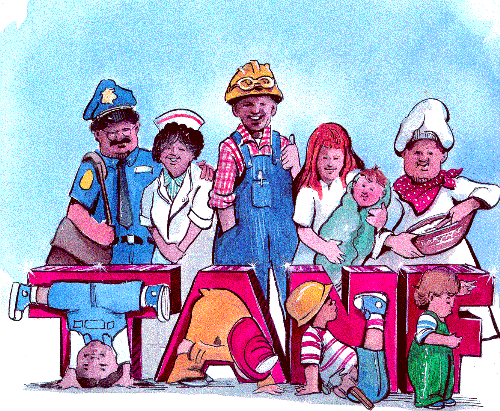
Originally published October 19, 2015
The American abortion debate features “pro-life” activists wielding pictures of fetuses and “pro-choice” advocates telling horror stories about women forced to travel for hundreds of miles to access safe abortions. The struggle seems an irresolvable moral conflict – and both sides claim to be “pro-women.” Pro-choice organizations advocate that abortion be kept legal and made increasingly accessible because women have the right to privacy in matters of reproduction. Pro-life groups argue that the acceptance of abortion unjustly pits women against their children.
My research takes stock of activists on both sides – and identifies those that focus not just on the moral aspects but also on the socioeconomic context of abortion. In fact, abortion is mainly an issue for less privileged women, and if more pro-life and pro-choice groups recognized the economic realities, there would be possibilities for compromise. more...




 Research to Improve Policy: The Scholars Strategy Network seeks to improve public policy and strengthen democracy by organizing scholars working in America's colleges and universities. SSN's founding director is Theda Skocpol, Victor S. Thomas Professor of Government and Sociology at Harvard University.
Research to Improve Policy: The Scholars Strategy Network seeks to improve public policy and strengthen democracy by organizing scholars working in America's colleges and universities. SSN's founding director is Theda Skocpol, Victor S. Thomas Professor of Government and Sociology at Harvard University.